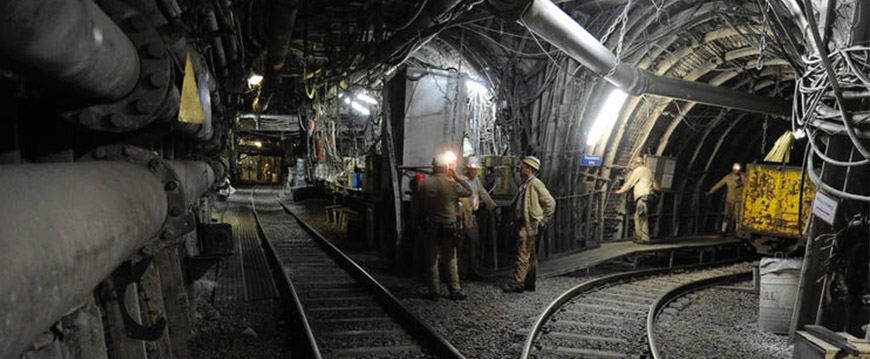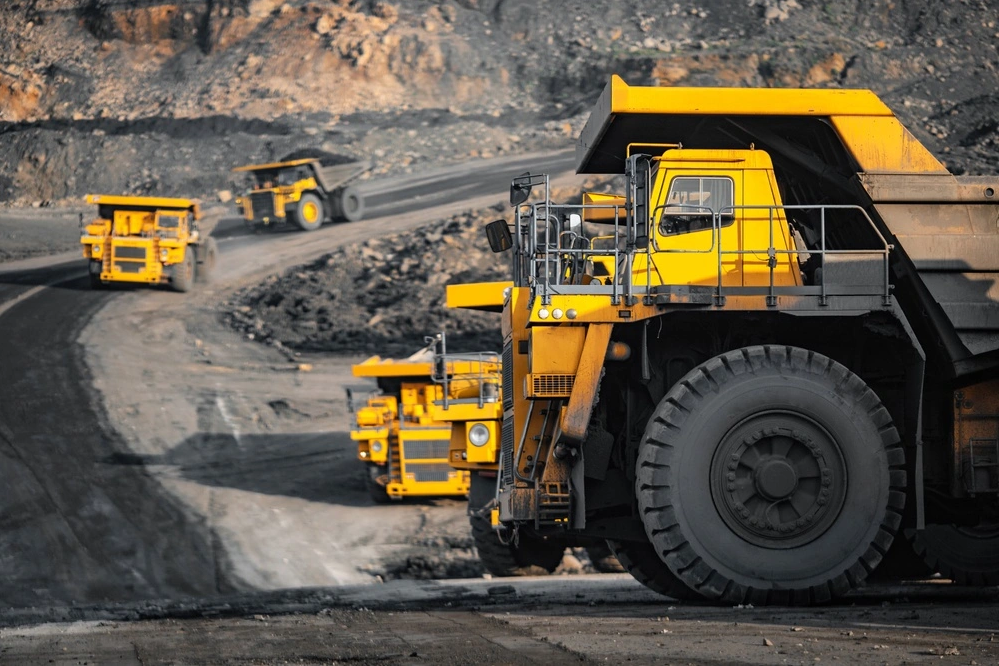U.S. Critical Mineral Worker Shortage Hurts Competition With China

As the United States rushes to develop domestic supplies of critical minerals—the coveted resources powering the energy transition—Washington is finding that a major talent squeeze could complicate its mining ambitions.
The resources in question—which include minerals such as lithium and copper as well as the powerful rare earth elements—are key components of both clean energy technologies and advanced weapons systems. China overwhelmingly commands the processing and refining of many of those materials, a dominance that has worried U.S. lawmakers and accelerated U.S. efforts to forge new global mineral partnerships and harness domestic resource riches.
But the United States may not have the talent pipelines to realize those ambitions, as large percentages of the current mining workforce prepare to retire and fewer people choose to enter the industry. At the same time as almost half of all mining engineers are estimated to reach retirement age over the next decade, U.S. mining graduations have plummeted by 39 percent in the last eight years.
And it’s not just Washington that is grappling with these challenges, either; other Western mining giants, including Canada and Australia, are also facing similar labor crunches.
“We’re losing mine workers at a time when we really need to be ramping up mineral production,” said Kray Luxbacher, the head of the Mining and Geological Engineering department at the University of Arizona. “The scope is pretty massive.”
The U.S. mining workforce has already shrunk by 20.4 percent in the last decade, according to Deloitte. At the university level, the United States’ 14 mining schools have collectively graduated roughly 185 to 200 mining engineers per year, into an annual demand of 400 to 500, over the last few years, said Stephen Enders, head of the mining engineering department at the Colorado School of Mines.
“Professionally, we just don’t have the student numbers in our mining-related university programs to meet the demand of the current needs for the industry,” he said.
That shortfall is already straining the sector. Last year, 71 percent of mining leaders reported that the talent shortage has impeded production targets and strategic objectives, according to McKinsey, while 86 percent said they faced greater difficulties in recruiting and retaining workers. “Mining is not currently an aspirational industry for young technical talent to join,” the company said in a report.
The decline of the U.S. mining industry stretches back to the 1970s, as outrage grew over the sector’s environmental harms and many companies struggled to stay economically afloat. The sector has a fraught history and dirty reputation, with well-documented impacts of environmental devastation, pollution, economic exploitation, and lasting health ramifications for miners and neighboring communities.
It was at that time that U.S. lawmakers began viewing mining as an activity that could—and should—be outsourced internationally. Between 1979 and 1983, domestic metals mining shrunk from an $8.9 billion to a $5.9 billion enterprise, according to a 1984 Business Week article titled “The Death of Mining.” The mining workforce also withered, plummeting from 109,000 people in 1981 to just 44,800 people just over two years later.
“The death of mining wasn’t just because of the struggles of the mining operation,” Enders said at an event on Capitol Hill last month. “It was a geopolitical view in the United States at that time that the minerals can come from somebody else’s backyard.”
-
Ensuring reliable long-distance critical signal delivery in mining applications
In mining applications, coal-carrying conveyor belts can be up to 20 km long and···
-
EBRD to Support Modernization of Kazakhstan’s Mining Sector
Kazakh Minister of Industry and Construction Kanat Sharlapayev and First Vice Pr···
-
Wide Strip Mining to Balance Efficiency and Safety in Coal Extraction
BackgroundThe current landscape of coal mining presents significant challenges w···
-
U.S. Critical Mineral Worker Shortage Hurts Competition With China
As the United States rushes to develop domestic supplies of critical minerals—th···
Exhibition address:China International Exhibition Center (CIEC)
- Ensuring reliable long-distance critical signal delivery in mining applications
- EBRD to Support Modernization of Kazakhstan’s Mining Sector
- Wide Strip Mining to Balance Efficiency and Safety in Coal Extraction
- U.S. Critical Mineral Worker Shortage Hurts Competition With China
- Mining industry welcomes government's $566m commitment to resource exploration
- Innovation heats up the mining industry





 2024 Beijing International Coal & Mining Exhibition
2024 Beijing International Coal & Mining Exhibition

